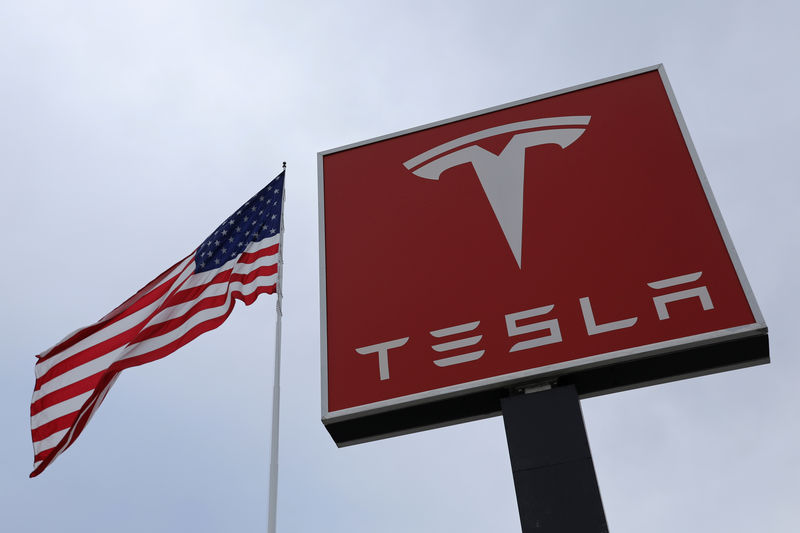Investing.com — Tesla’s (NASDAQ:) recent updates to its Full Self-Driving (FSD) software, specifically the v12.5 series, have raised concerns within the user community due to declining performance metrics. However, analysts at Piper Sandler said they are “not concerned” by these developments, viewing them as largely unimportant to the prospects for Tesla’s stock.
The concern stems from data observed in the FSD Community Tracker, which shows a drop in miles to critical withdrawal following the release of several updates to version 12.5.
Initially, v12.5, when combined with Tesla’s 4th generation (HW4) hardware, showed strong performance, with vehicles traveling 794 miles between critical disconnects, a notable improvement over previous versions.
But with subsequent point releases, this figure began to decline. As of the latest release, v12.5.1.x, the distance has dropped to just 220 kilometers.
Despite this, Piper Sandler does not view the performance decline as alarming for Tesla shareholders.
They believe the performance drop likely reflects Tesla’s attempt to optimize the FSD software for its older HW3 hardware. Early data shows that HW3 vehicles are now performing poorly with the v12.5 updates, traveling only 10 miles between critical disconnects.
While the performance differences between HW3 and HW4 vehicles are notable, Piper Sandler analysts emphasize that such issues are unlikely to impact Tesla’s long-term FSD prospects.
“If Tesla can solve FSD – just not for HW3 vehicles – we don’t think investors will care,” they noted.
The investment bank maintained an Overweight rating on the stock, with a $300 price target.
Tesla announced Thursday that it plans to introduce its FSD software in Europe and China in the first quarter of 2025, subject to regulatory approval.
This year, the company is prioritizing improvements to FSD in the US and plans to integrate the software into its new Cybertruck model.


